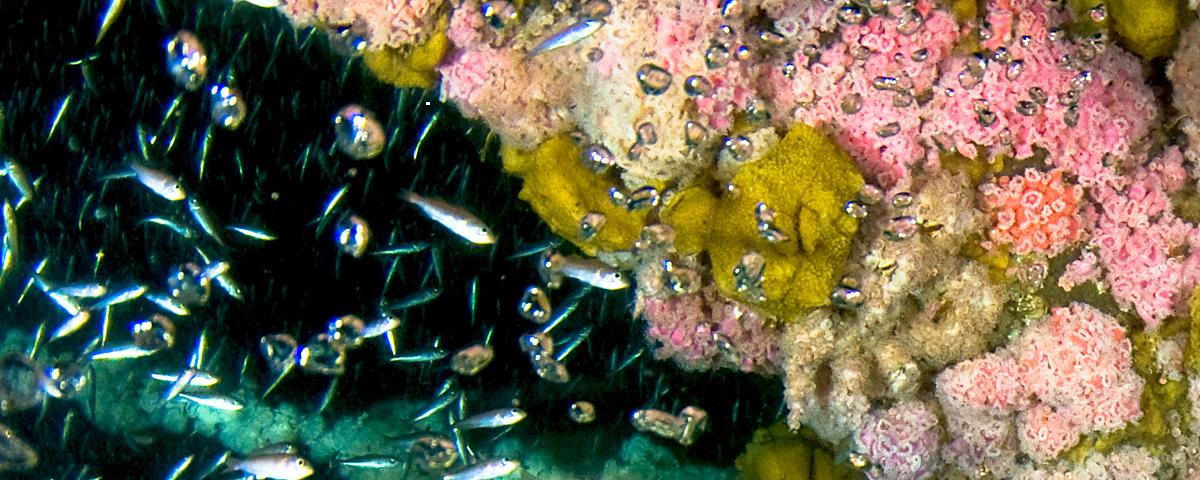Trophic links and condition of a temperate reef fish: comparisons among offshore oil platform and natural reef habitats
Abstract
We explored habitat-related variability in the composition and density of small invertebrate prey of microcarnivorous reef fishes among 2 artificial (offshore oil platform) and 2 natural reef habitats in the Santa Barbara Channel, USA, and the consequences of this variability to the condition of a resident reef fish, the painted greenling Oxylebius pictus. Amphipod crustaceans comprised the highest proportion of potential prey at all sites, but the amphipod assemblage from the platforms contained a high percentage (>50% by number) of 2 exotic species, Caprella mutica and Erichthonius brasiliensis, that were either absent or rare on the natural reefs. At the platforms, 80 to 90% of the caprellid amphipods consisted of C. mutica. Densities of amphipods varied among sites and were 10 to 100× higher at one of the platforms compared with the other sites. Amphipods comprised 89 to 98% (by number) of painted greenling diet. Fish condition factor (K) was correlated with absolute and per capita amphipod prey biomass. Our results fit a scenario described for some lotic systems where exotic amphipod species proliferate in the invaded habitat. Fish harvest the exotic species with positive effects on fish condition. The potential negative effects of the exotic species on the native amphipod assemblage thus contrast with a positive effect on the condition of a higher level consumer. Our findings suggest that trophic pathways on other types of artificial structures colonized by exotic species may also differ from those of the natural reef habitat.

